Looking into the rear-view mirror as much as the windshield.
Seventy five years on, India has come a long way, a very long way indeed.
With an amusing and arduous journey, today is the moment to pause and reflect on her journey, triumphs, and travails. Through the seven decades, there are times we inched ahead with tepidity, and at other times we marched with caution. Yet there were times we galloped with bravado and courage. We had our share of strife, struggles, and success, as we trudged along to reach where we are today. The path had its share of twists and turns due to the domestic and international political climate, natural factors, and the mood of its citizens of that period. But, as any human life should be, it was imperfectly perfect. And now we are here – safe, alive, and kicking – what next?
Looking back and learning from history is particularly important to move ahead. So today is an excellent opportunity to introspect beyond the glorious sacrifices of our freedom fighters and start looking at our journey as Free India – from birth to the present. The toddler years, adolescence, angry young adult, mid-life crisis, purple-patch 50s, to where we now – wiser 75y old, with experience, wisdom, creaking bones, and crankiness -r is now the turn of a new generation to take over. This is the complete all-in-one package. That is the 75-year-old India today with 1.3 billion hearts beating 13,000,000,000 beats each minute.
Public memory is short, and distractions are many. It is time we remember and acknowledge our own post-independence era as much as what freedom fighters who brought us freedom. Since 1947, the freedom fighters are long gone, handing us a baby and the baby we nurtured to date.
Each era was significant and built its own foundation for the next level. We elected our representatives who helped shape and sculpt her for the future. It was a relay race – at times, we ran faster than we expected; at times, we caught up, and other times we were slower than we wished. But run ahead we did, decade to decade, generation to generation, passing the baton to the next, propelling forward, forging ahead with each passing decade.
Soon after birth, in the late 40s, as new-born, we built a democratic country, starting with writing the Constitution that was finally adopted in 1951s. This is despite the massive civil wars, the world’s largest repatriation in history, and the enormous influx of refugees, combining and uniting the hundreds of fragmented kingdoms. To unite all of them under one flag and a Union of India was a task we accomplished well. We managed all these will fair success even if we were new-born.
And very soon, we faced a massive food crisis, and we managed food self-sufficiency through Green Revolution from the late 1950s to the 60s. On foreign policy, we started taking leadership with the non-alignment movement in a post-WWII world. The 50s and 60s saw us focus on education and scientific thinking. We built higher-learning institutes – IIT/ IISc / ISRO /REC – and concentrated on space research. In 1961 these institutions were declared institutes of national importance. Ironically, we seemed to have missed the need for free primary and secondary education, although somewhere even to date. These robust foundations in higher education by our ancestors laid the groundwork for much of the pride we have today, 50 years later. A legacy of sorts, these eminent institutions have created a diaspora of illustrious Indians leading trillion-dollar enterprises like Alphabet and Microsoft and Pepsi’s heads of nation and lawmakers worldwide. The foundation of the 60s laid the foundation for India’s technology dominance in the 1990s and 2000s to present
In the 70s, we saw the nationalization of banks and abolition of the privy purse that helped put the money directly in the hands of government and people. Another spectacular success was Operation Flood for milk self-sufficiency. The ‘white revolution’ empowered village communities like no other, directly providing livelihoods to millions of citizens dependent on Agriculture. Soon, this was scaled across the nation and helped the entire village communities come together as cooperatives and help the distribution of milk across the country. We freed Bangladesh and gave her hope. We also had our tryst for a couple of years of going astray with an emergency but quickly recoupled and claimed our democracy.
The 80s saw mature adulthood with its own fun and challenges – the manufacturing revolution made us understand our own cars and automobiles. The telecom revolution brought telephones to every street corner and a few homes on each street. We have the money to host international sports events like Asiad, and color televisions invaded houses. Those days when the next generation was connected to the roots and community, viewing Ramayana and Mahabharat on TV united the country as never before. On national security, we had great difficulty thwarting the demand for Khalistan. Still, we ended up doing a not not-so-good-a-job on with Kashmir Pandits having to leave their own homes. The unrest was not just on heaven on earth. We had a Khalistan operation in Punjab, Kashmir militancy in Jammu and Kashmir, Bodo in the East, and an LTTE problem in our neighboring Sri Lanka. This possibly was the most defining decade in Indian history. We seem to have done some right and some not so well and lost two prime ministers assassinated with bullets and bombs. Ironically, this was the decade when India was neck-neck with the China economy, and we briefly surged ahead of China’s GDP in 1987-88.
The 1990s started tumultuously with misfiring on all three cylinders economic, social, and religious fronts. Fresh out of Mandal agitations that burnt and divided the country into caste lines much as it tried to do the exact opposite – unite the country and give constitutional guarantees for oppressed and lower caste. Soon we were gutted on the economic front, and in the early 1990s, we shifted gears on the economy and never looked back on that front. The citizens were economically empowered in the 1990s, and we also knew we found vigor and brute power. The early 90s also triggered religious majoritarianism and fanaticism that provoked a few unfortunate events that wedged the divide on religious lines. The 1990s changed the direction of India socially, economically, and on religious lines. We ended the decade with a strong demonstration of nuclear capability.
The 2000s saw us firmly entrenched on the world stage in technology with the Y2K leadership. Bangalore became a noun recognized globally before becoming a verb. Indian start-ups and the service industry boomed while Indian-origin Venture Capitalists started taking charge of investments in the Silicon Valley. 20-40% of US technology forces were Indians, and that began establishing our soft power worldwide. India was a force to reckon with in the world. Domestically, we brought tens of millions out of poverty, empowering hundreds of millions of citizens with the Right to Education (RTE), Right to Information (RTI), Right to Work (MNREGA), and Right to Food (RTF). These fundamental changes that we fought for gave us the potential to alter the entire following decade and the next generation of citizens if implemented well. The later part of the decade saw global pandemics like SARS and H1N1, and we, fortunately, avoided any long-term impact.
From the 2010s to today, we see a resurging confident India, a formidable force globally. A counterbalance to China, the decade started with a citizen movement across the country that fought for liberty and equality for women. We also saw that resurgent Indians coming together to fight against corruption plaguing our society over the decades. These were the early days of social media, and 24×7 media helped amplify the message to build momentum on a large scale. The policy frameworks and visionary plans in direct cash transfer, clean India, housing for all, rural electrification, and MNREGA and land reforms took shape in the early part of the decade. Aided by the Internet, low-cost telephony, and high bandwidth communication, those plans would become a reality in the latter half by extending the banking system for the poor on a large scale. We have been able to stitch all the past work together with new messaging that invigorated the languid of citizens. The Internet helped with the new packaging of messages through new channels and distribution networks. Many ‘family name’ based schemes were rebranded with generic nationalistic names for a modern appeal—this stuck chord with citizens being involved in governance in the nation yet again.
When COVID created havoc worldwide, the Indians showed extraordinary resilience to COVID19. So much as the disease spread, the fatality rates were low – was it because of or despite the government remains the argument for many. Irrespective, the 75-year-old nation has learned and demonstrated its strength as a nation. Their immunity, food habits of good hygiene, and practices of the thousand years had possibly stood in good stead irrespective of the conditions of the sewers, slums, and sanitation.
We hear how pollution and hygiene were not that bad prior to 1947, yet we fought the British for our freedom as people. British India had roads, trains, buses, and infrastructure, yet we wanted to be free as a nation, one people. We wanted to be free as citizens and open as a democracy.
The way forward for the next 25 years
We may be connected to the world with 1 GBps data connections and 48 mega-pixel flashy camera phones. Our fellow Indians could be CEOs of the world’s largest companies. But we must not forget our beginnings and our journey.
As we celebrate independence in 2022, the needle has moved, and a new generation is hungry for more significant action. The recent generation may have seldom heard or may have forgotten the journey of travails of their 75-year-old but the challenges in front of them today are eerily similar. This is a new-independence movement of sorts. #AzaadiKaAmrurtMahotsav or will it be #AndolanKaAmrurtMahotsav? These can be the 8 areas to work on in the next 25 –
- Our grandparents and parents walked miles to attend school. Yet, 75 years later, hundreds of millions of children do not have access to school or an affordable, good-quality public education.
- The mortality rate in pre-independent India was extremely high due to the lack of adequate heath. However, 75 years later, while the neonatal mortality rate is low, thousands die each day, unable to get timely or affordable health care.
- Society is divided and polarised again on sectarian, language, and religious lines. Not very different from what the British did to us and created a schism after the First Battle of Independence where a united India was a threat to their monolithic authoritarian rule. Not very different from the animosity we were left with between brothers of different faiths soon after the ill-conceived partition.
- Barring a few, there was no free media during the British Raj. 75 years the compromise on our media is 100% complete and possibly at a point of no return.
- The British held no elections and imposed their views without citizen participation. Today, seven decades of elections are manipulated and rigged through non-transparent electoral funding and the crores required to get a ticket.
A fair judiciary for the ordinary people did not exist in the colonial days. Today 70 years later, our judiciary is corrupt to the bone and has become a mouthpiece of the rich and powerful; The poor must wait a lifetime to get justice.
The later post-colonial rule started showing fractures with corruption across. Today corruption has plagued society so much that not just citizens, but our elected representatives are traded for a few hundred crores and defection galore, making a mockery of the entire election process and thus the foundations of the democracy.
The future is left to us again. We are witnessing a generational shift. The institutions of repute are being compromised. We should not be blinded by brute nationalism and disdain for the past but swell with pride in what we as individuals can do to our country now and rewrite the next 75 years.
A change is essential to recognize ourselves as freedom fighters of 2022. We must absorb the good of what our ancestors stood for – their determination and grit. We must not allow the same mistakes to happen again. An equally overbearing elected government must not replace a British rule under the garb of democracy. And we cannot keep glossing over the past without a vision of the future; we will be responsible for what happens in the future—we and no one else to blame, not us.
Freedom was not born at midnight on August 15, 1947. It was preceded by a profound struggle to be accessible as a nation. Today we are not watchful of the reasons for freedom.
Is this the India that we fought for? Is this the India that your ancestors wanted to see? Are our people and people’s representatives doing justice to what our ancestors fought for? Is there a freedom struggle you can take part in right now? As we move to the 75th year of Indian independence, this question should haunt you.
This is what keeps me awake at night. What about you?
Jai Hind! Happy Independence Day.
Also Read:
- Too Much Info: The Double-Edged Sword Of Sharing Career Moves Online
- Impending Consolidation In Aviation Industry – Cycle of Mergers and Acquisitions
- Global Temperature Shift And What We Must Know
- It Ends With Us – Movie Review
- Jammu & Kashmir (J&K) Going Full Spectrum
- Bound to Burst – The Agnipath Bubble

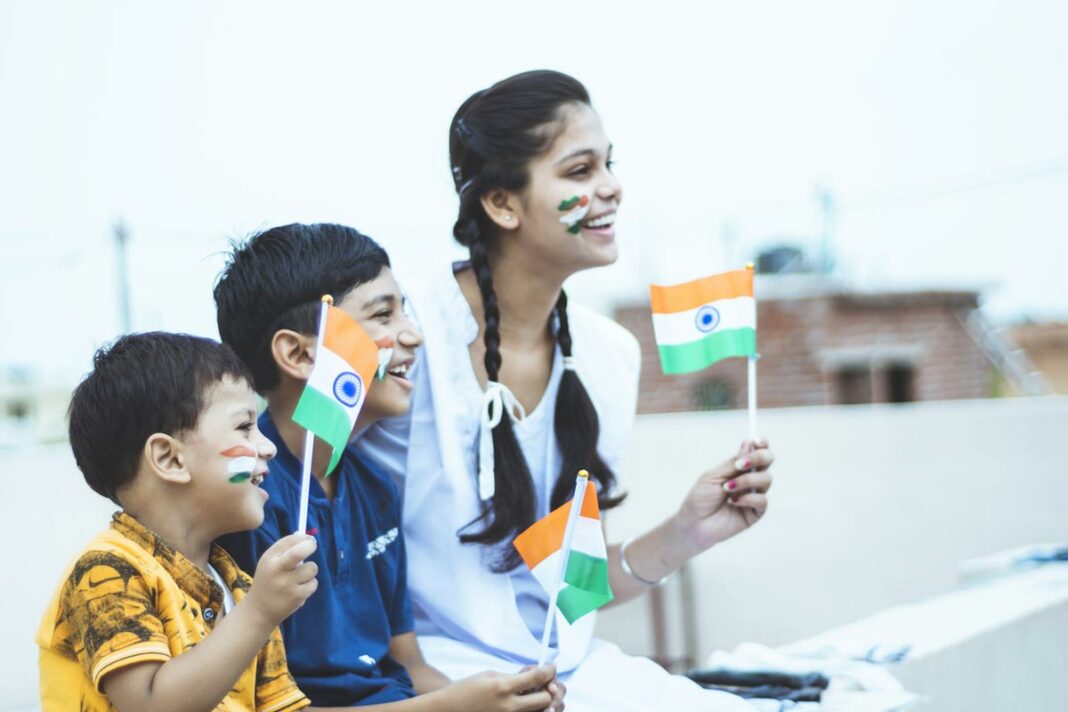

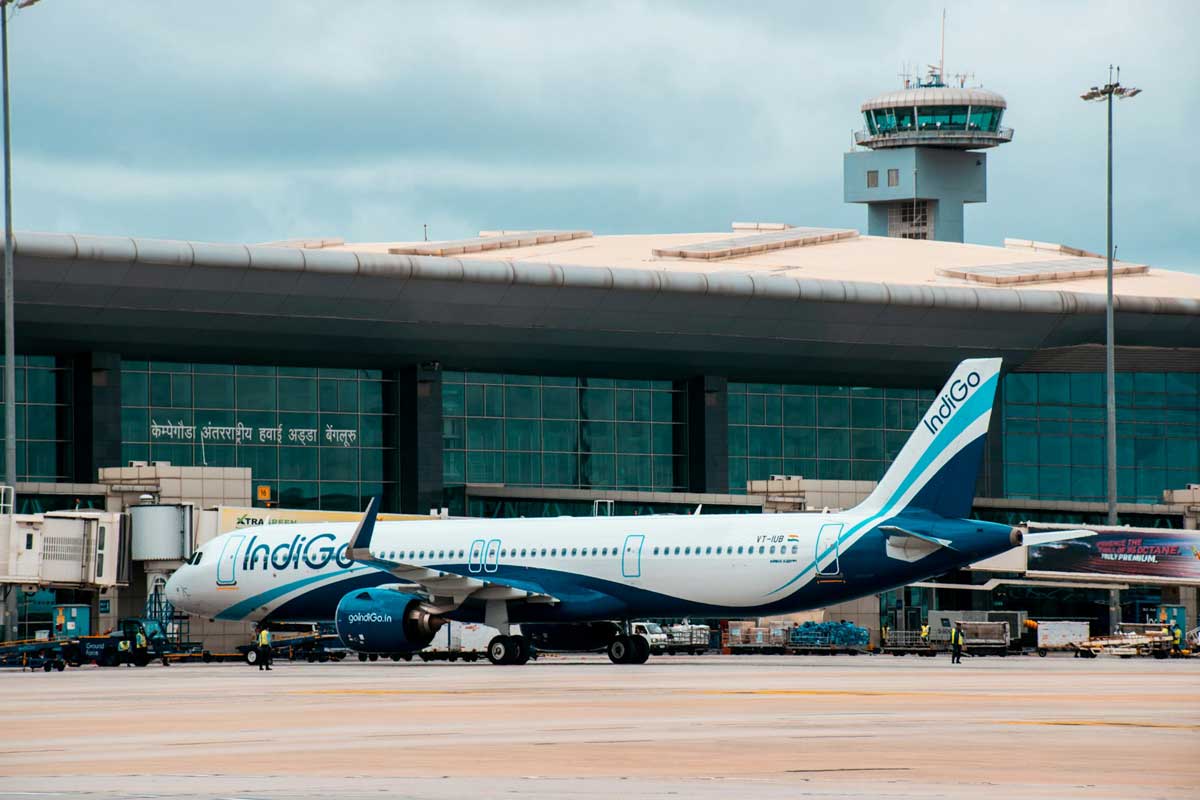
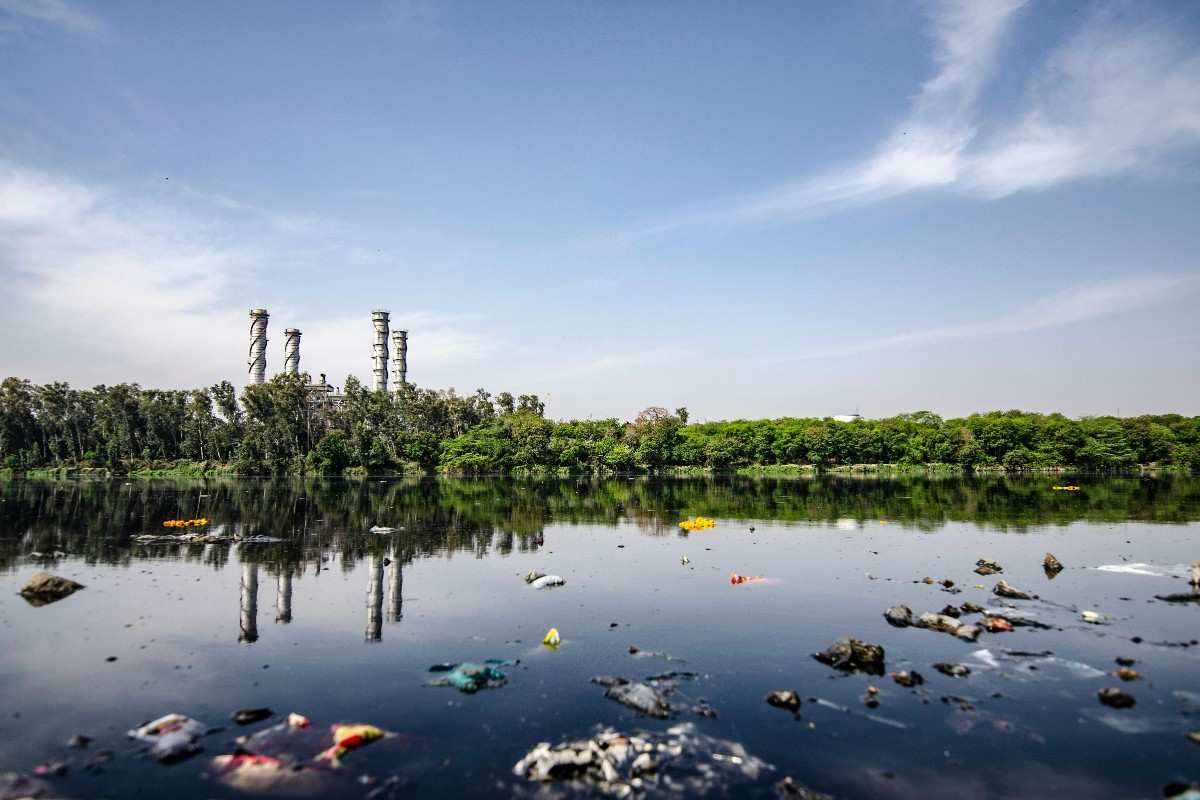

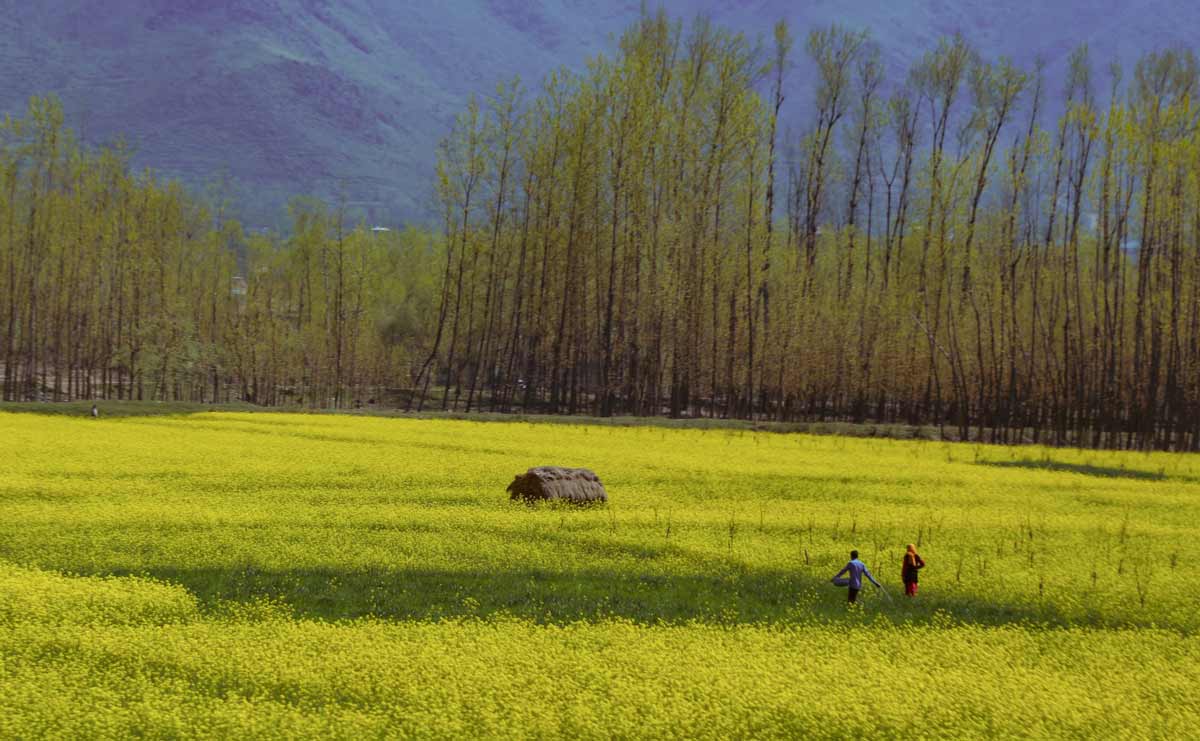
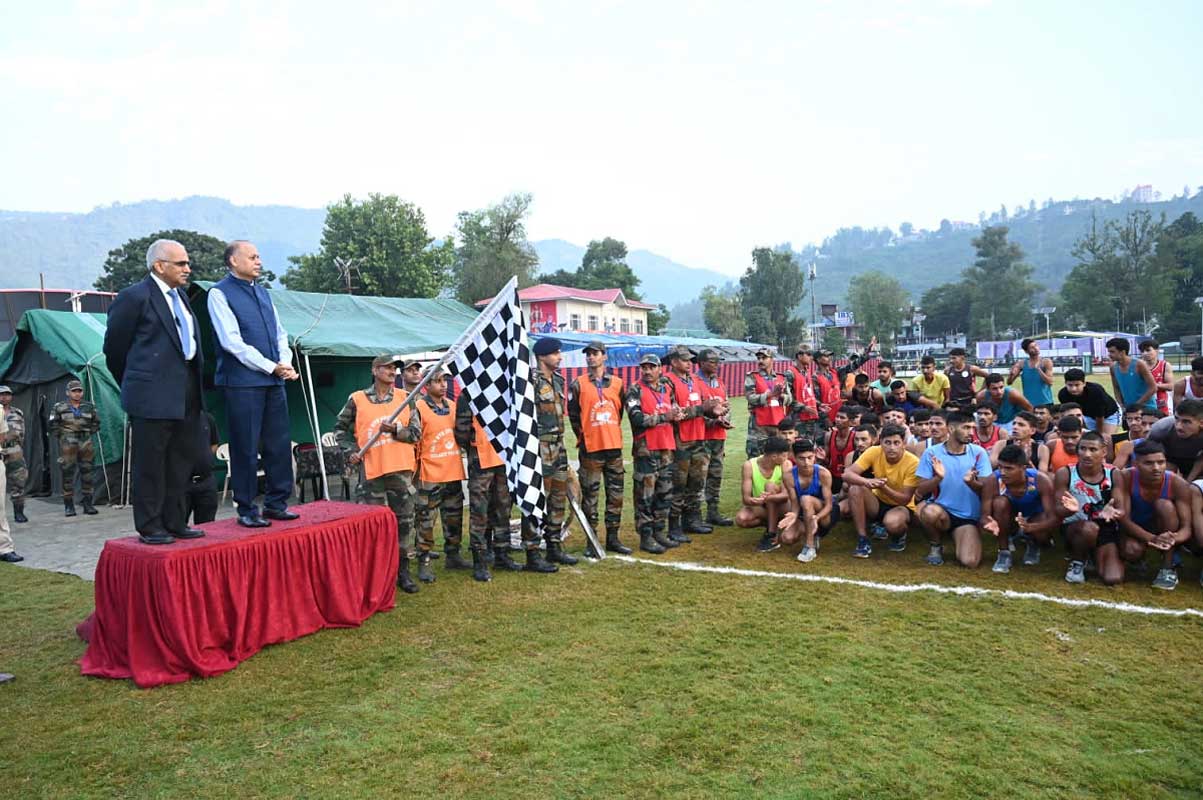


















[…] my previous article, “Happy 75th, India – Next 25,” we paused and reflected on India’s journey of seven and a half decades. We celebrated […]